Use
Pure MSG is reported to not have a highly pleasant taste until it is combined with a savory aroma. The basic sensory function of MSG is attributed to its ability to enhance savory taste-active compounds when added in the proper concentration. The optimum concentration varies by food; in clear soup, the pleasure score rapidly falls with the addition of more than one gram of MSG per 100 mL.
The sodium content (in mass percent) of MSG, 12%, is about one-third of that in sodium chloride (39%), due to the greater mass of the glutamate counterion. Although other salts of glutamate have been used in low-salt soups, they are less palatable than MSG. “MSG might even promote healthy eating, (food scientist Steve Witherly) hypothesizes, by not only making kale more delicious but also letting you get away with using less salt.”
MSG is commonly used and found in stock cubes (Bouillon cube), soups, ramen, gravy, stews, condiments, savory snacks etc.
The ribonucleotide food additives disodium inosinate (E631) and disodium guanylate (E627), as well as conventional salt are usually used with monosodium glutamate-containing ingredients as they seem to have a synergistic effect. “Super salt” is a mixture of 9 parts salt, to one part MSG and 0.1 parts disodium inosinate and disodium guanylate.
Safety
MSG is safe to eat. A popular belief is that MSG can cause headaches and other feelings of discomfort but blinded tests have found no good evidence to support this. International and national bodies governing food additives currently consider MSG safe for human consumption as a flavor enhancer. Under normal conditions, humans can metabolize relatively large quantities of glutamate, which is naturally produced in the gut in the course of protein hydrolysis. The median lethal dose (LD50) is between 15 and 18 g/kg body weight in rats and mice, respectively, five times the LD50 of sodium chloride (3 g/kg in rats). The use of MSG as a food additive and the natural levels of glutamic acid in foods are not of toxic concern in humans. Specifically MSG in the diet does not increase glutamate in the brain or affect brain function.
A 1995 report from the Federation of American Societies for Experimental Biology (FASEB) for the United States Food and Drug Administration (FDA) concluded that MSG is safe when “eaten at customary levels” and, although a subgroup of otherwise-healthy individuals develop an MSG symptom complex when exposed to 3 g of MSG in the absence of food, MSG as a cause has not been established because the symptom reports are anecdotal.
According to the report, no data supports the role of glutamate in chronic disease. High quality evidence has failed to demonstrate a relationship between the MSG symptom complex and actual MSG consumption. No association has been demonstrated, and the few responses were inconsistent. No symptoms were observed when MSG was administered with food.
Adequately controlling for experimental bias includes a blinded, placebo-controlled experimental design and administration by capsule, because of the unique aftertaste of glutamates.In a 1993 study, 71 fasting participants were given 5 g of MSG and then a standard breakfast. One reaction (to the placebo, in a self-identified MSG-sensitive individual) occurred. A 2000 study tested the reaction of 130 subjects with a reported sensitivity to MSG. Multiple trials were performed, with subjects exhibiting at least two symptoms continuing. Two people out of the 130 responded to all four challenges. Because of the low prevalence, the researchers concluded that a response to MSG was not reproducible.
Studies exploring MSG’s role in obesity have yielded mixed results.
Although several studies have investigated anecdotal links between MSG and asthma, current evidence does not support a causal association. Since glutamates are important neurotransmitters in the human brain, playing a key role in learning and memory, ongoing neurological studies indicate a need for further research.
Food Standards Australia New Zealand (FSANZ) MSG technical report concludes, “There is no convincing evidence that MSG is a significant factor in causing systemic reactions resulting in severe illness or mortality. The studies conducted to date on Chinese restaurant syndrome (CRS) have largely failed to demonstrate a causal association with MSG. Symptoms resembling those of CRS may be provoked in a clinical setting in small numbers of individuals by the administration of large doses of MSG without food. However, such effects are neither persistent nor serious and are likely to be attenuated when MSG is consumed with food. In terms of more serious adverse effects such as the triggering of bronchospasm in asthmatic individuals, the evidence does not indicate that MSG is a significant trigger factor.”
However, the FSANZ MSG report says that although no data is available on average MSG consumption in Australia and New Zealand, “data from the United Kingdom indicates an average intake of 590 mg/day, with extreme users (97.5th percentile consumers) consuming 2330 mg/day” (Rhodes et al. 1991). In a highly seasoned restaurant meal, intakes as high as 5000 mg or more may be possible (Yang et al. 1997). When very large doses of MSG (>5 g MSG in a bolus dose) are ingested, plasma glutamate concentration will significantly increase. However, the concentration typically returns to normal within two hours. In general, foods providing metabolizable carbohydrate significantly attenuate peak plasma glutamate levels at doses up to 150 mg/kg body weight. Two earlier studies – the 1987 Joint FAO/WHO Expert Committee on Food Additives (JECFA) and the 1995 Federation of American Societies for Experimental Biology (FASEB) – concluded, “there may be a small number of unstable asthmatics who respond to doses of 1.5–2.5 g of MSG in the absence of food”. The FASEB evaluation concluded, “sufficient evidence exists to indicate some individuals may experience manifestations of CRS when exposed to a ≥3 g bolus dose of MSG in the absence of food”.
Production
MSG has been produced by three methods: hydrolysis of vegetable proteins with hydrochloric acid to disrupt peptide bonds (1909–1962); direct chemical synthesis with acrylonitrile (1962–1973), and bacterial fermentation (the current method). Wheat gluten was originally used for hydrolysis because it contains more than 30 g of glutamate and glutamine in 100 g of protein. As demand for MSG increased, chemical synthesis and fermentation were studied. The polyacrylic fiber industry began in Japan during the mid-1950s, and acrylonitrile was adopted as a base material to synthesize MSG.
Currently (2016), most global MSG is produced by bacterial fermentation in a process similar to making vinegar or yogurt. Sodium is added later, for neutralization. During fermentation, Corynebacterium species, cultured with ammonia and carbohydrates from sugar beets, sugarcane, tapioca or molasses, excrete amino acids into a culture broth from which L-glutamate is isolated. The Kyowa Hakko Kogyo Company developed industrial fermentation to produce L-glutamate.
The conversion yield and production rate (from sugars to glutamate) continues to improve in the industrial production of MSG, keeping up with demand. The product, after filtration, concentration, acidification, and crystallization, is glutamate, sodium, and water.
Chemical properties
The compound is usually available as the monohydrate, a white, odorless, crystalline powder. The solid contains separate sodium cations Na+
and glutamate anions in zwitterionic form, −OOC-CH(NH+
3)-(CH
2)2-COO−. In solution it dissociates into glutamate and sodium ions.
MSG is freely soluble in water, but it is not hygroscopic and is insoluble in common organic solvents (such as ether). It is generally stable under food-processing conditions. MSG does not break down during cooking and, like other amino acids, will exhibit a Maillard reaction (browning) in the presence of sugars at very high temperatures.
History
MSG has been used for more than 100 years to season food. Consumption and manufacture of high-salt and high-glutamate foods, which contain both sodium and glutamate, stretch back far longer, with evidence of cheese manufacture as early as 5,500 BCE.
Glutamic acid was discovered and identified in 1866 by the German chemist Karl Heinrich Ritthausen, who treated wheat gluten (for which it was named) with sulfuric acid.[41] Kikunae Ikeda of Tokyo Imperial University isolated glutamic acid as a taste substance in 1908 from the seaweed Laminaria japonica (kombu) by aqueous extraction and crystallization, calling its taste umami. Ikeda noticed that dashi, the Japanese broth of katsuobushi and kombu, had a unique taste not yet scientifically described (not sweet, salty, sour, or bitter). To verify that ionized glutamate was responsible for umami, he studied the taste properties of glutamate salts: calcium, potassium, ammonium, and magnesium glutamate. All these salts elicited umami and a metallic taste due to the other minerals. Of them, sodium glutamate was the most soluble, most palatable, and easiest to crystallize. Ikeda called his product “monosodium glutamate”, and submitted a patent to produce MSG; the Suzuki brothers began commercial production of MSG in 1909 as Ajinomoto (“essence of taste”)




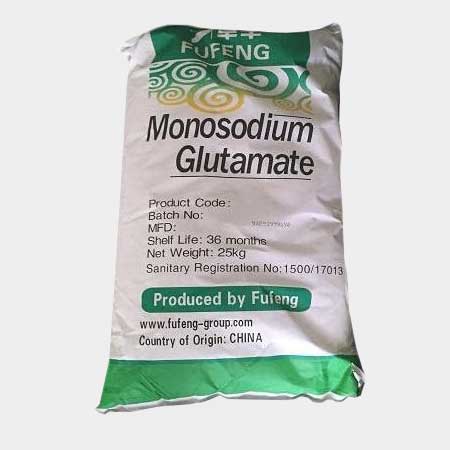
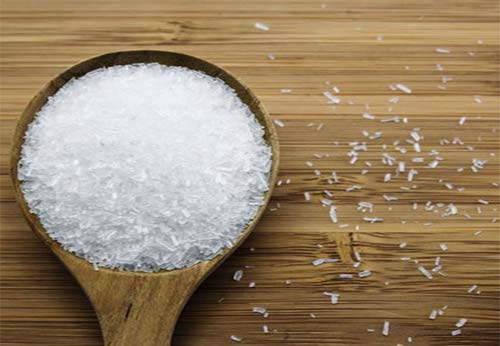
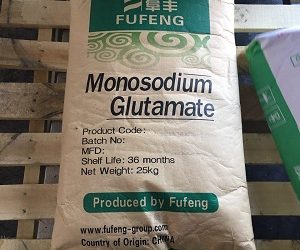

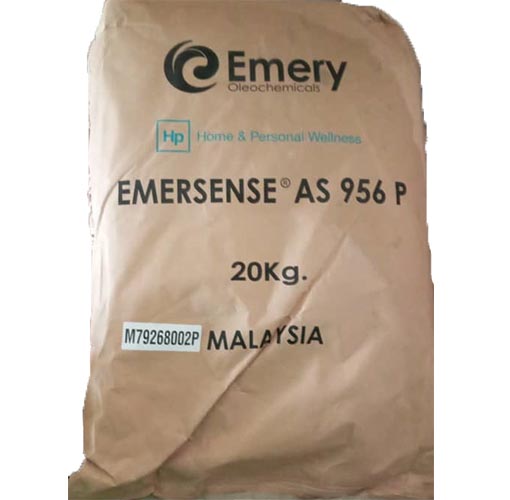
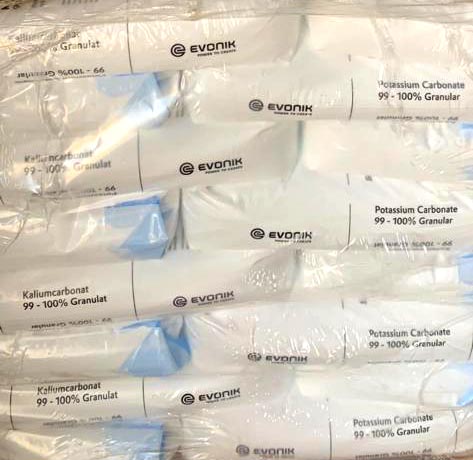
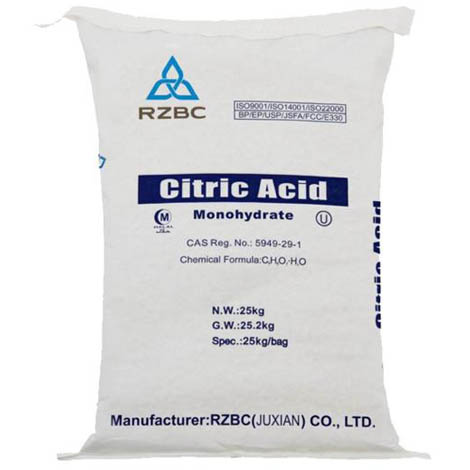
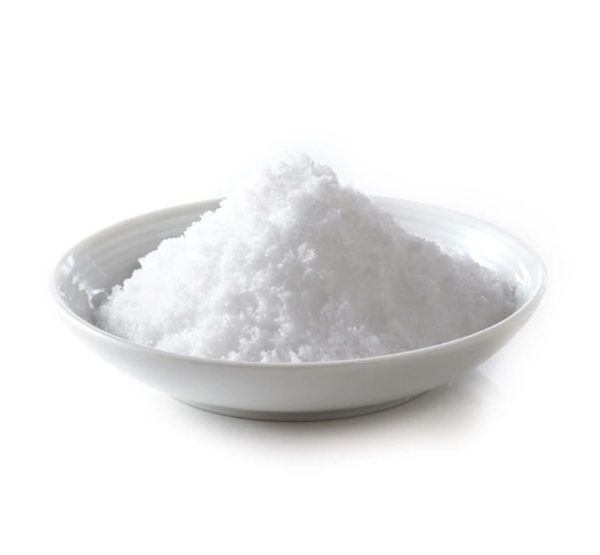


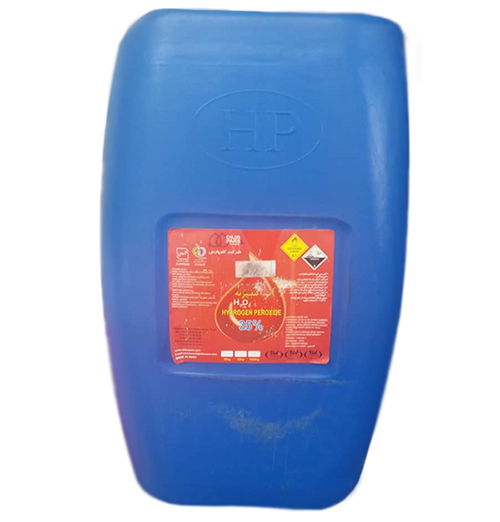

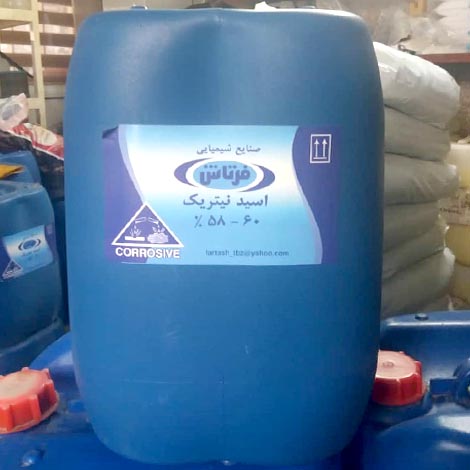





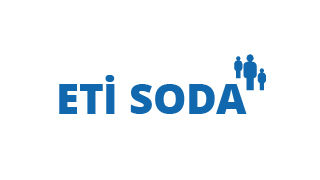



Reviews
There are no reviews yet.